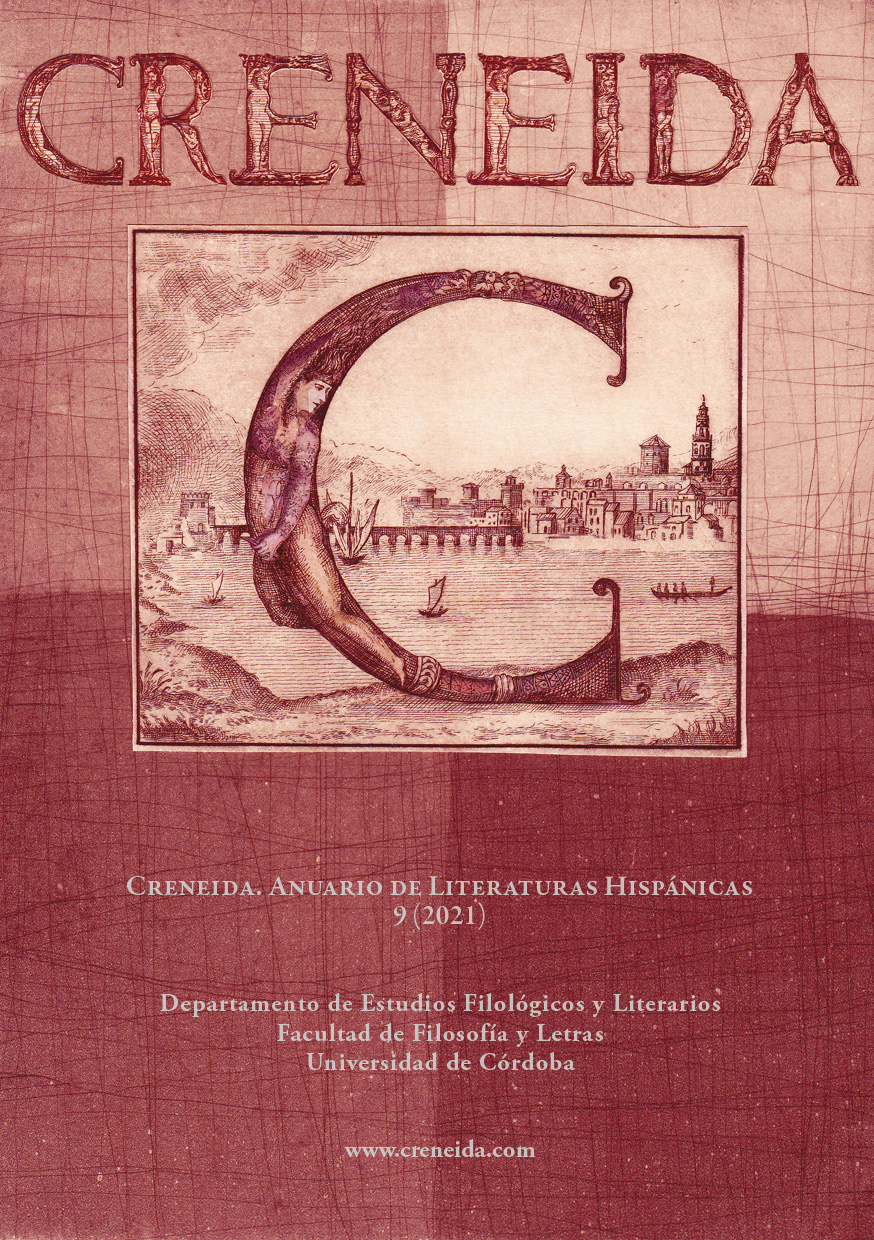“Si en miembros no robusto”: el retrato ecuestre de las Soledades y la maniera suave
Main Article Content
Abstract
The focus of my paper is not whether the equestrian portrait of the second Soledad alludes to the XI count of Niebla or not, but rather what kind of portrait it is. An equestrian portrait of a delicate young man who pulls softly on the reins of a bluish white horse imbued with a loose majesty? Who has ever seen a royal equestrian portrait of such characteristics when the genre has always embodied the pinnacle of virility and patriotism? Should it not be instead the equestrian portrait of a robust rider who pulls violently on the reins of a sorrel horse imbued with Cesarean majesty? The main literary sources of the episode are Statius’ ekphrasis of The Colossal Equestrian Statue of Domitian, the equestrian portrait of Lesbino in Tasso’s Gerusalemme liberata, and Philostratus the Elder’s ekphrasis of Hunters—two of them descriptions of works of art. But does it not also resemble El Greco’s Saint Martin and the Beggar? How exactly and why was El Greco known as “the Góngora of the poets for the eyes”? Finally, how shall we understand Barbaro’s statement that painting represents “a tenderness in the horizon of vision that is and is not”? Is that what Góngora’s softness means?
Downloads
Publication Facts
Reviewer profiles N/A
Author statements
- Academic society
- Creneida. Anuario de Literaturas Hispánicas
Article Details

This work is licensed under a Creative Commons Attribution-NonCommercial-NoDerivatives 4.0 International License.
Avisos de derechos de autor propuestos por Creative Commons
1. Política propuesta para revistas que ofrecen acceso abierto
Aquellos autores/as que tengan publicaciones con esta revista, aceptan los términos siguientes:- Los autores/as conservarán sus derechos de autor y garantizarán a la revista el derecho de primera publicación de su obra, el cuál estará simultáneamente sujeto a la Licencia de reconocimiento de Creative Commons que permite a terceros compartir la obra siempre que se indique su autor y su primera publicación esta revista.
- Los autores/as podrán adoptar otros acuerdos de licencia no exclusiva de distribución de la versión de la obra publicada (p. ej.: depositarla en un archivo telemático institucional o publicarla en un volumen monográfico) siempre que se indique la publicación inicial en esta revista.
- Se permite y recomienda a los autores/as difundir su obra a través de Internet (p. ej.: en archivos telemáticos institucionales o en su página web) antes y durante el proceso de envío, lo cual puede producir intercambios interesantes y aumentar las citas de la obra publicada. (Véase El efecto del acceso abierto).





